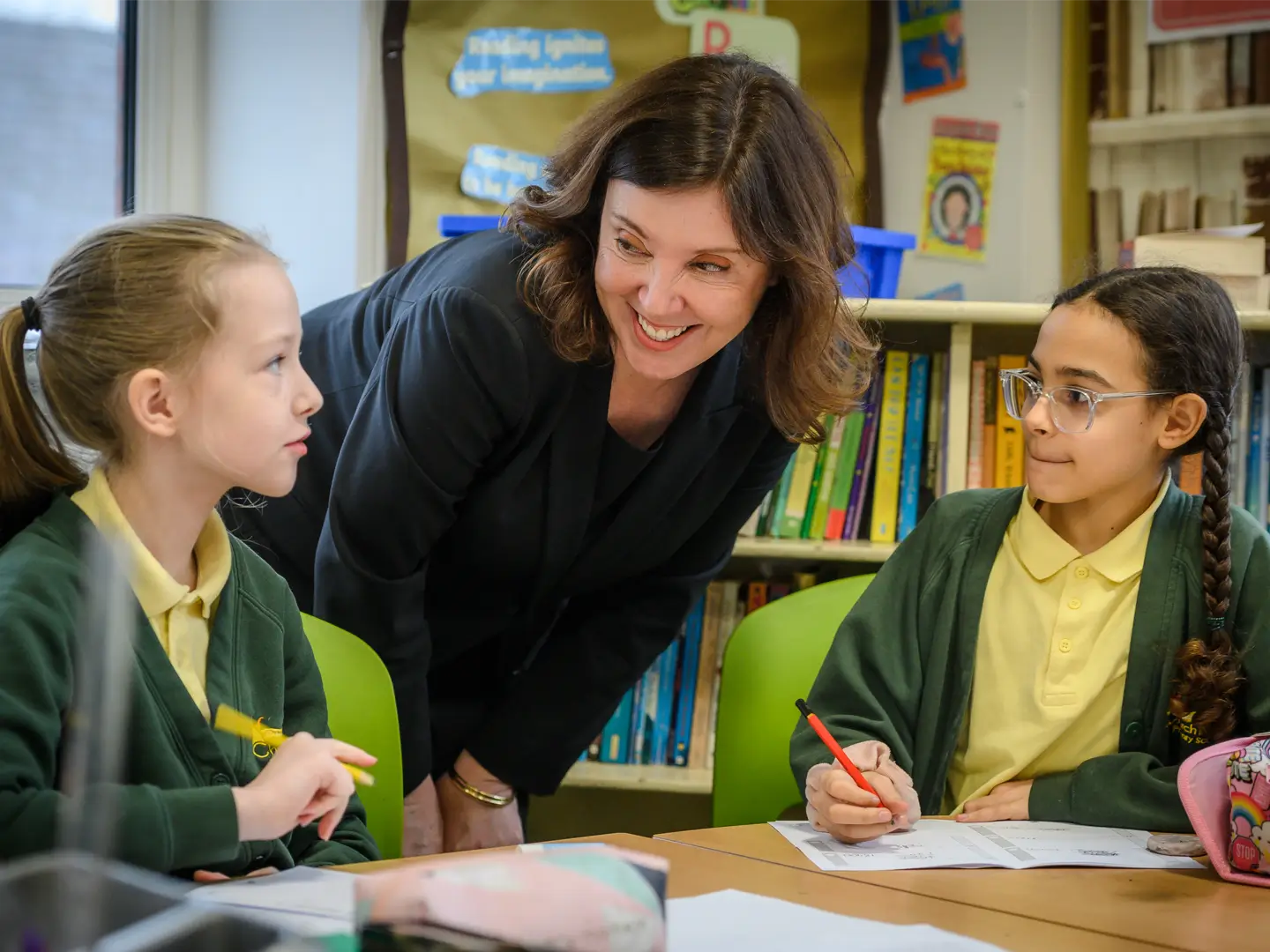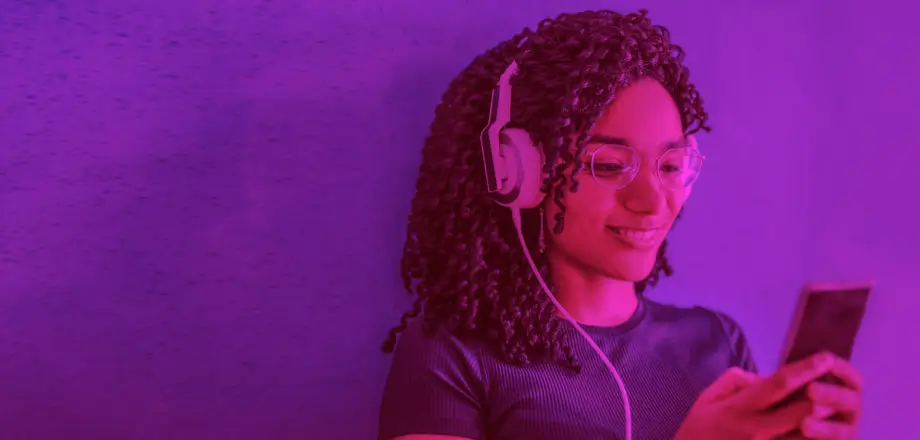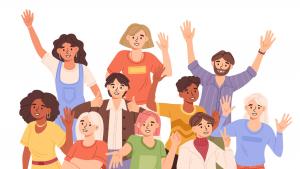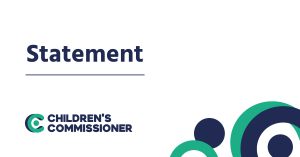A version of the below blog appeared in the Daily Telegraph on July 15.
It is a hard truth to accept: it is normal for children to see awful, scary things online – and as adults, we have the task of protecting them. That includes talking to them about the things they see, reassuring them without shame or judgment.
Those conversations must start at home, because parents are a child’s first teacher, no matter how strange or awkward it feels. Children tell me they want their parents to set clear boundaries and to talk to them openly and regularly about what they are seeing – what it means, and why it’s not real.
When I became Children’s Commissioner four years ago, I asked young children about the kind of content they saw online, where they saw it and when. Back then, it shocked me to learn that children were seeing pornography on mainstream social media sites, and one in 10 had seen it by the age of nine.
Extreme acts of violence, slapping and choking are just some types of porn children were seeing back then – but I now know that even more worrying acts are being depicted and fed to children in the online world.
Today, it still shocks me – but sadly, it no longer surprises me how far we still are from eliminating this risk. It’s frightening. This summer, I will update my work on children’s access to pornography to see what, if any, progress is being made to tackle this early exposure, but early indications are not reassuring. In fact, early analysis of this research suggests that any changes by technology companies to make it harder to see pornography online have been abject failures. July 25th, which heralds the enforcement of Ofcom’s rules to protect children from content like this, cannot come soon enough.
It is the fault of the pornography and technology industries that young primary school children are seeing pornography online. But there is more we could be doing offline to support them to manage what is proving to be one of the biggest risks to their childhoods. That’s why I’m so pleased to see some of the changes in the updated Relationships, Sex and Health Education (RSHE) guidance published today, many of which have been made in response to my research and recommendations – and in response to what children have told me they want to be learning, to help make sense of the world they live in today.
As a former RSE teacher, I’ve long advocated for high-quality, age-appropriate RSHE that starts early and evolves as children mature. RSHE is so much more than just ‘sex education’: it can teach empathy, respect and the kind of critical thinking that helps young people understand what they are seeing and why it is harmful. Children have told me they want to learn about how to be in a successful relationship, how to maintain these into their adult lives and what healthy emotional development looks like. Without that, and without those same conversations started by parents at home continuing at school, we risk young people learning about sex and relationships from TikTok, Snapchat or porn sites – or not being able to spot the signs of abuse or to ask for help.
The new guidance will now allow subjects to be introduced in the safety of the classroom, that children told me they wanted on the curriculum to reflect the world they live in, like the prevalence of choking pornography. It will teach them that non-fatal strangulation is not only a criminal offence, but that it isn’t normal in sexual relations. It will remove age restrictions on when some of these subjects are first introduced, specifically on topics like online pornography. Given the large numbers of children who see porn before they reach secondary school, it would not be appropriate to delay educating children about it until they are that age.
Some will argue that even late primary school – age nine or 10 – is too young to discuss concepts like naked images or pornography. I hear them. Childhood is short and precious – who could blame a parent for wanting to keep their child innocent forever?
But the stark truth is that most parents underestimate just how much harmful content is available to our children without them even having to search for it. Many, understandably, cannot fathom the extreme versions of sexual or violent content, it’s possible for a nine-year-old to stumble upon in just a few quick clicks, helped by rapidly advancing tech and clever algorithms.
Of course, that doesn’t mean giving a nine-year-old a detailed explanation about the concept of pornography. It will allow teachers to explain why it might make them feel uncomfortable and gently guide them away from the content they’ve seen.
Education is a crucial tool in the fight to protect our children online and create a generation that is respectful, tolerant and fair-minded.
In the absence of moral leadership from the companies running these platforms, and slow progress from regulators to hold them accountable, it is more important than ever.
Taught appropriately, sensitively, with parents’ involvement and with safety at the heart of every lesson, these changes to the curriculum will give them the best chance of protecting themselves from a very real and present danger.
But let me be clear: a strong curriculum is only as good as those who teach it. Badly taught RSHE can be even more damaging than no RSHE at all. Good teachers – the foundation of every child’s education – are never more important than with subjects as open to misinterpretation as these. We only have to look at the soaring rates of sexually transmitted infections among young people – 43,000 under-20s were diagnosed with a new case last year alone – to see where ineffective sex education can be damaging.
So that’s why, while celebrating a decision that has genuinely acted in response to children’s views and experiences, I also urge the government not to lose sight of the primacy of quality and safety.
We need more great teachers to be able to specialise in RSHE as they do in other subjects, and for the RSHE training they receive to be regular, high-quality and connected with other local services so that risks are identified and tackled.
And I want schools to continue proactively working with parents, together making safeguarding a primary focus in this new curriculum, and with every school safeguarding lead taking an active role in curating the content. Parents and children deserve to be confident that any resource and any discussion is designed to protect young minds.
Education is the closest thing we have to a silver bullet – but it cannot perform miracles in isolation. Now we need accountability from the tech companies who refuse to acknowledge their complicity in the harms perpetrated against children online, from those who still allow harmful content to be hosted freely online.
A responsive, modern curriculum can never replace the need for safety at the source.





